Ten alternative European cities without the crowds
It is possible to do Europe in peak season without a canopy of tour guide umbrellas – you just have to pick the right place.
Remember overtourism? Well, in Europe’s visitor hotspots, it is back with a vengeance. From Prague to Positano, gargantuan crowds have become a well-publicised curse. So, if you don’t want to squash in and share everything with far too many strangers, it’s time to get smart when picking your European travel destinations. These 10 manage to be happening without heaving…
Bristol, England
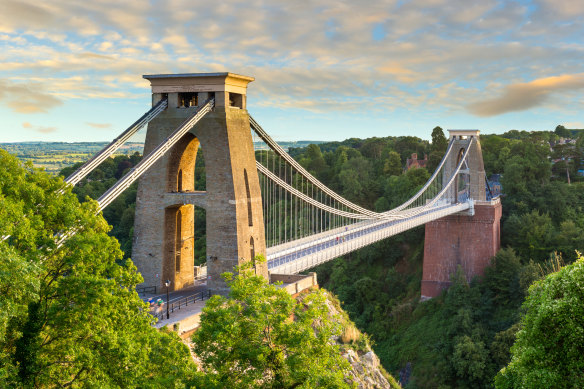
The Clifton Suspension Bridge over the Avon River in Bristol.Credit: iStock
As the tourist hordes cram into nearby Bath, history-drenched Bristol remains relatively untouched. The Clifton Suspension Bridge over the Avon River provides the eye candy, while in the Harbourside area, the SS Great Britain is the prime attraction. Once the largest passenger ship in the world, this handsome steamship is now a museum – it has plenty of exhibits on its voyages to Australia.
North of the city centre, you can see another transport record-breaker – a retired Concorde is the showpiece of Aerospace Bristol. See Visit Bristol.
Brno, Czechia
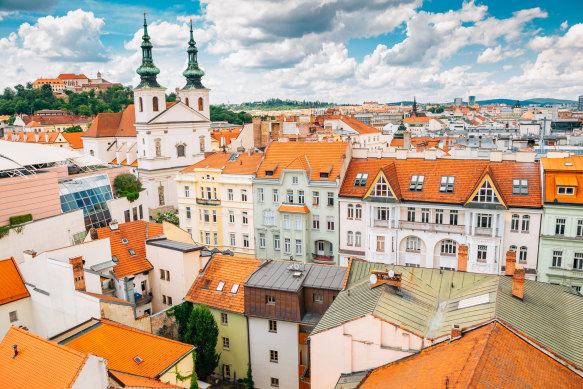
Brno is full of quirky attractions.Credit: iStock
Czech capital Prague drowns in an unceasing visitor tsunami, but second city Brno is full of quirky attractions that have a little more breathing space. The Mendel Museum is where monk Gregor Mendel kicked off genetic science, the Ossuary at St James’ Church is decorated with thousands of bones and Villa Tugendhat is Mies van de Rohe’s modernist architecture masterpiece.
Top that off with gory prison tales at Spilberk Castle plus pubs serving stereotypically excellent beer, and Brno is a surprise hit. See Go To Brno.
Valladolid, Spain
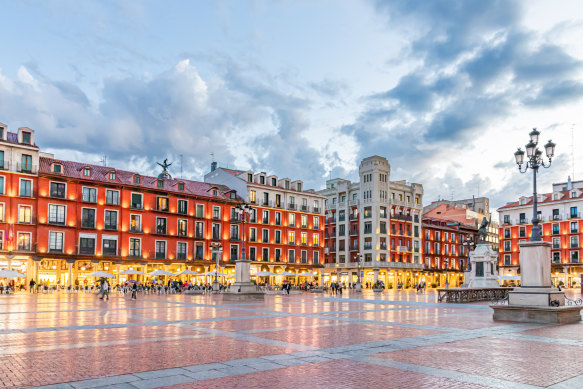
Plaza Mayor one of the finest city squares in Spain.Credit: iStock
Valladolid does a marvellous line in Castilian handsomeness, with Plaza Mayor being one of the finest city squares in Spain. It also brims with restaurants specialising in suckling meats.
The Museo Nacional de Escultura hosts majestic sculptures and carvings purloined from churches and monasteries across the country. Meanwhile the Casa Museo de Colon and Casa de Cervantes celebrate former residents – explorer Christopher Columbus and Don Quixote author Miguel de Cervantes. See Civitatis Valladolid.
Praiano, Italy
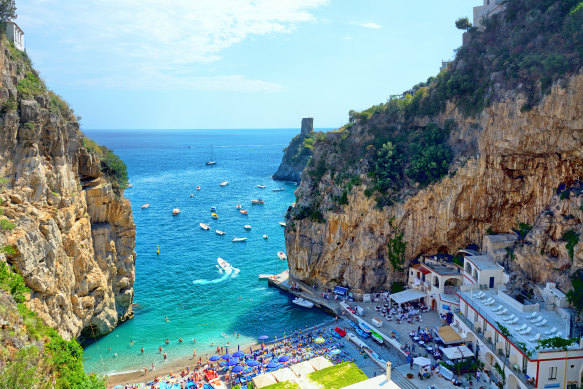
Cliff-hugging Praiano, a fishing village at heart.Credit: iStock
Italy’s Amalfi Coast is hardly an undiscovered refuge, but Praiano maintains a much less flustered vibe than Positano and Amalfi either side of it. Praiano is still a fishing town at heart, with a series of narrow steps, pastel-coloured houses and photogenic narrow lanes. Save some memory card space for the evening, though – cliff-hugging Praiano offers some of the best sunsets in Italy. West-facing Gavitella Beach is the prime spot.
Antwerp, Belgium
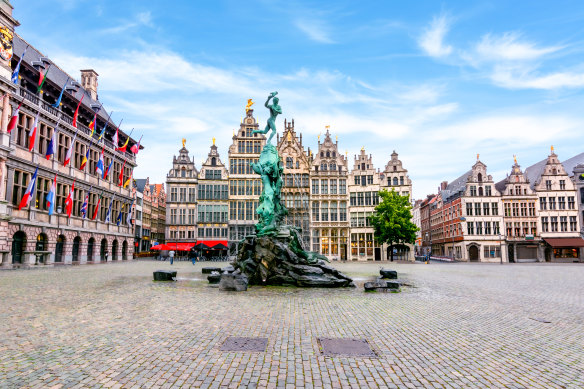
Antwerp has more grit, more style and nowhere near as many tour groups.Credit: iStock
Antwerp still has a lot of the quirkily dainty Flemish architecture that visitor-saturated Bruges is famous for, but this port city has more grit, more style and nowhere near as many tour groups.
Highlights include port cruises, the cathedral-esque Centraal Station and the Red Star Line Museum, which tells the tale of millions of Europeans migrating to North America.
For many, though, Antwerp is all about shopping – whether distinctive high fashion in the Sint Andries neighbourhood or diamonds in the Diamond District. See Visit Antwerpen.
Utrecht, the Netherlands
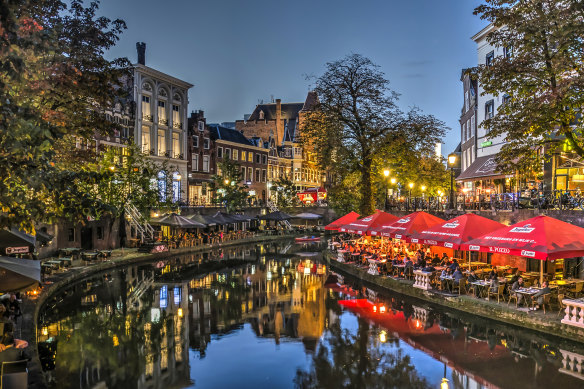
Utrecht is a consistently pleasant place to hang out in.Credit: iStock
With a medieval centre ringed by canals, plenty of parks and bars bolstered by a large student population, Utrecht is a consistently pleasant place to hang out in.
The 112-metre tall Domtoren provides 465 steps of thigh-sapping challenge and World Heritage-listed Rietveld Schroderhuis is an architectural marvel of sliding doors and folding walls. But the real reason to visit Utrecht is to be awed by the embrace of the bike – you’re seemingly surrounded by thousands of cyclists at any moment. See Discover Utrecht.
Linz, Austria
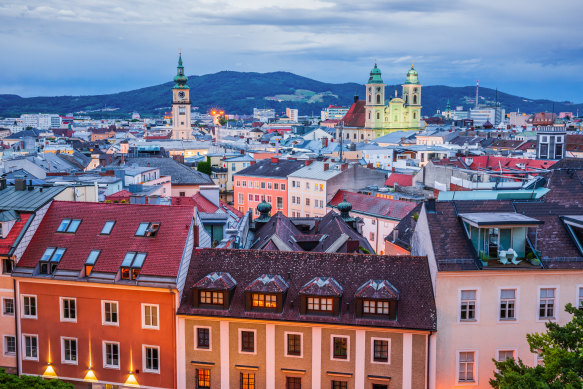
Linz is a quietly cool Danube city that gets handily overlooked.Credit: iStock
Linz is all the better for fulfilling almost none of the cowbells and classical music Austrian stereotypes – but it does mean this quietly cool Danube city gets handily overlooked.
Weird sculptures line the riverside Donaupark, modern art museum Lentos hosts daring exhibitions, but the superstar is the Ars Electronica Centre. It’s all about how technology affects life and human behaviour, getting more than a little Black Mirror at times. The presentation and ideas are superb, and elevate Linz from likeable to memorable. See Linz Tourismus.
Bonn, Germany
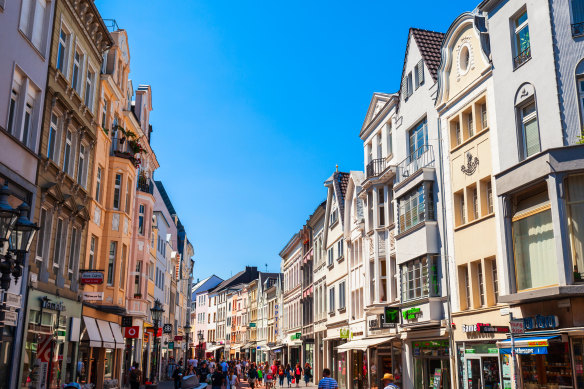
Bonn has a wealth of elaborate, decorative buildings and has several solid attractions.Credit: Alamy
The former West German capital straddles northern German hard-headedness and southern German romanticism. It’s on the Rhine, it has a wealth of elaborate, decorative buildings and has several solid attractions. These include Beethoven’s birthplace, now a celebration of the composer’s life, and the Arithmeum – a surprisingly fascinating museum about the development of calculators and counting machines.
Those with a sweet tooth should note that Bonn is the home of Haribo. The two-floor city centre flagship shop is a wonderland of limited-edition gimmick sweeties. See Bonn-Information.
Naxos, Greece
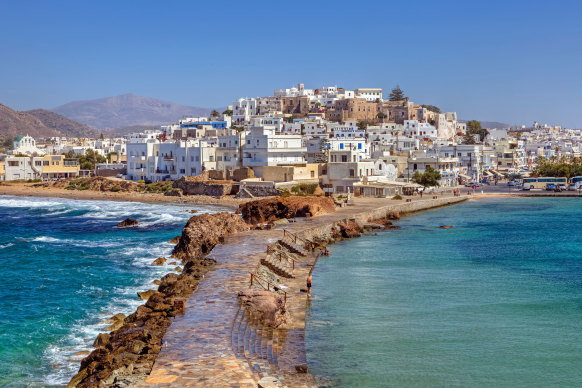
Naxos doesn’t feel like a giant game of Sardines.Credit: Alamy
Routinely overshadowed by neighbouring islands Santorini and Mykonos, Naxos is the largest of the Cyclades islands and doesn’t feel nearly as much like a giant game of Sardines.
Prettily whitewashed, Venetian castle-topped Naxos Town has a life to it that doesn’t feel entirely tourist-centric, accommodation prices are much more reasonable. Leave the town, and there are plenty of beaches to pick from, with the four-kilometre-long Plaka Beach arguably the highlight.
Compiegne, France
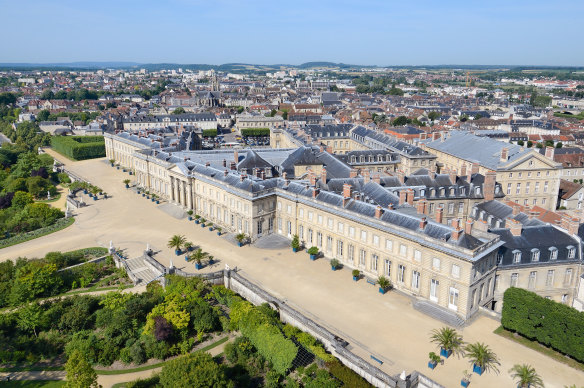
The Chateau de Compiègne rivals Versailles and comes with an enormously grandiose park.Credit: Alamy
Just 45 minutes from Paris, Compiegne is a well-to-do, horse-obsessed town on the cusp of a sweeping forest. In that forest, you’ll find the Glade of the Armistice, where World War I officially ended. Later, in 1940, Hitler had France surrender in the same place, in the same railway carriage. A replica carriage on the site tells the story, but Compiegne’s big draw is the Château de Compiegne, which rivals Versailles and comes with an enormously grandiose park made for purposeful strolling. See Hauts-de-France Tourisme.
Disclosure: David Whitley has been a guest of the Bristol, Flanders, Czech, Dutch, Austrian, German and French tourist boards.
Sign up for the Traveller Deals newsletter
Get exclusive travel deals delivered straight to your inbox. Sign up now.